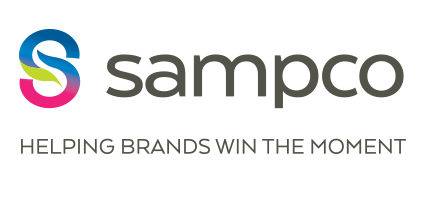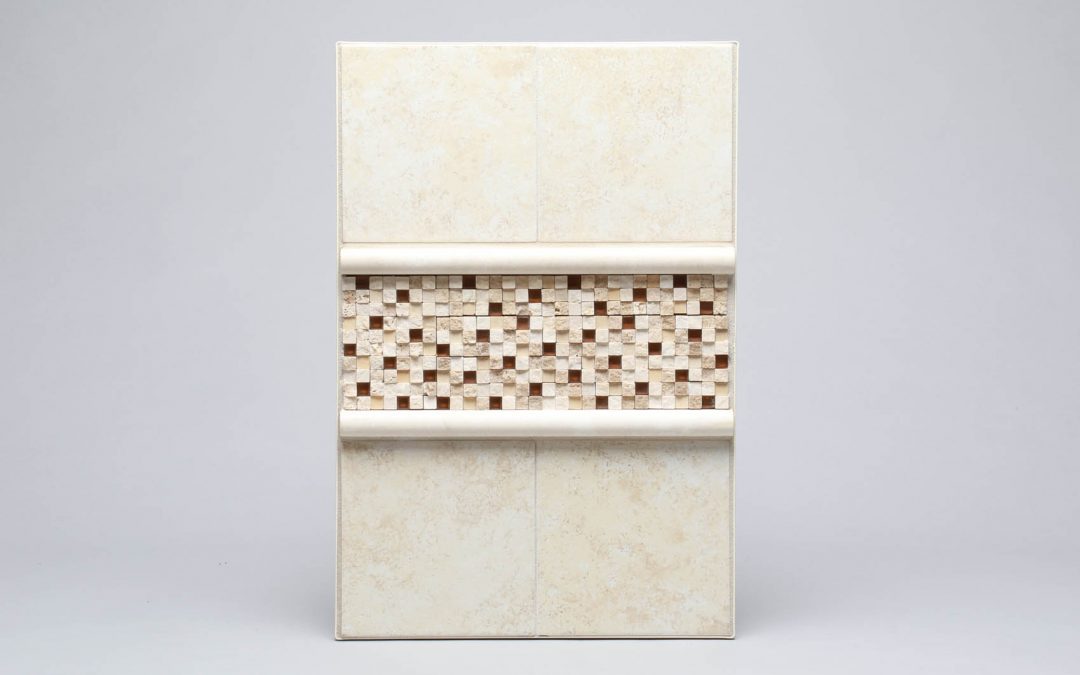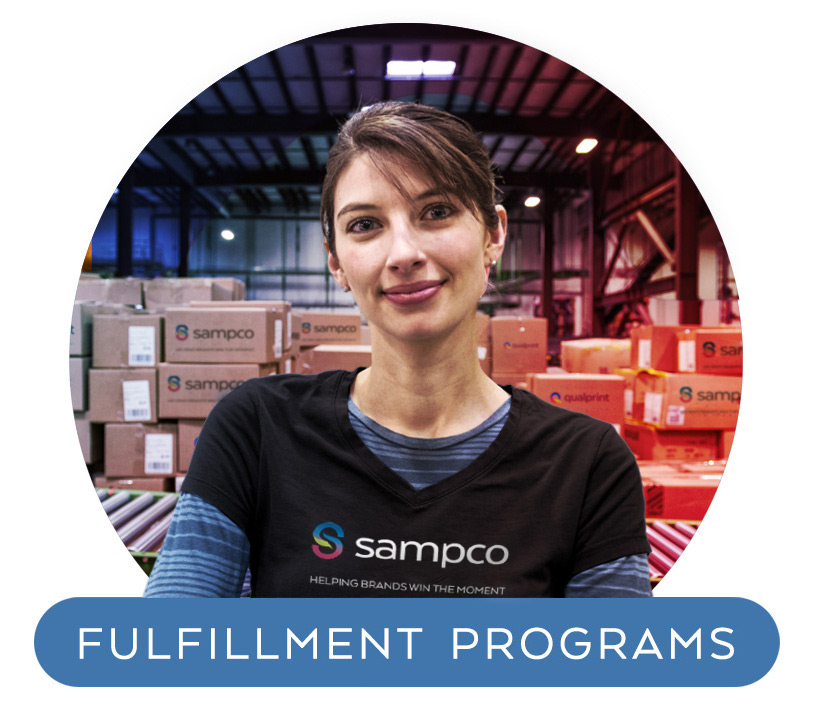3 Post Trade Show Tips for Your Sample Program
From IBS, Surfaces, and KBIS, the trade show season for building products winds down at the start of spring. Many building product brands put a lot of focused prep into exhibiting or visiting these shows. Over the course of a couple of days, you get insight into industry-leading products, collect new leads, and prep for the year’s newest building trends.
Once trade show season is over, it’s common for brands to maintain that same level of marketing and sales momentum. If your brand is looking for ideas to boost your marketing efforts, we’re here to help with three post-trade show tips for building product sample programs.
1. Evaluate Your Samples After Trade Show Season.
When you were at trade shows like IBS, chances are you saw a bunch of samples for products in your industry. Think back to any sample you saw that stood out, drew a crowd, or was particularly engaging. Now ask yourself, how do the samples your building products brand creates match up to those top performers? Is there an opportunity to create a new version or custom samples to help your sales team convert leads?
For example, imagine that you’re a tile brand that saw a competitor at a trade show demonstrating the grouting options for their products. Using this as inspiration, you could look to create grouted tile sample boards. Every trade show presents opportunities to optimize your sample program. Just like on the trade show floor, you could include QR codes and business card holders in your sample boards. The right marketing partner can help take the sales methods used at trade shows and find ways to weave them into an existing sample program.
2. Use Trade Shows to Help Identify Top-Performing Samples
Anyone who attends a building products trade show leaves with deeper insights into what trends will be popular in the industry. Take the product trends you saw at your trade shows and use them to evaluate your current sample program. For starters, look to see if any samples for your building products brand are on trend. Then, compare that to the investment being put into those samples. Any sample that’s likely to pick up traction throughout the year should have a budget that gives it the best chance for success.
Once you peel back what is being spent on each individual sample, see if that spend is on par with what the industry is projecting to be popular. By doing this in advance, you lower the risk of samples running out or production lead times negatively impacting your sales. This process is a great exercise for building products like tile and wood flooring brands that tend to have a lot of different SKUs.
3. Incorporate Brand Collateral Into Your Sample Program
Did you know that more brands are sending branded print collateral to trade show leads? It’s a way to cut through the noise and create a memorable branded experience while staying true to your products. The same approach can be used to help boost the performance of your building products sample program.
Print collateral has become much more robust and engaging. Today, printed pieces use gloss finishes, specialty die cuts, and unique paper that can be used to reinforce what’s unique about your brand. Print can even be used to showcase the specific look of certain products. For instance, you could send out a branded postcard that has the same pattern as the physical wood flooring sample it’s sent with. It’s also worth noting that print collateral can be supplemented into your sample program to help make the most out of your budget.
Optimize Your Sample Program with a Marketing Partner
If your building products brand wants to reach its sales goals this year, it’s time to consider working with a marketing partner who can optimize your sample program. At Sampco, our team can help manage inventory levels, create custom samples, help optimize your sample program budget, and more.
Are you ready to “Win the Moment”? Contact us today for a free sample program consultation.




